Tanjak, also known as “tengkolok” in Malay, is a traditional Malay male headgear worn as a part of traditional attire in Malaysia, particularly by the Malay community. It holds significant cultural and ceremonial importance and is often worn during formal events, traditional ceremonies, weddings, and cultural performances. The tanjak is a symbol of status, identity, and cultural heritage.
Here’s a description of the tanjak:
1. Design and Structure: The tanjak is typically conical in shape and is folded and wrapped around the head. It is made from a piece of special fabric, usually songket (a traditional handwoven fabric with intricate patterns) and is richly embroidered with gold or silver thread. The front part often has a pointed peak, adding to its distinctive shape.
2. Materials: Tanjak is often made from fine silk or songket fabric, which is known for its luxurious feel and intricate patterns. The embroidery is usually done with metallic threads, giving it a regal and ornate appearance.
3. Colors and Patterns: The colors and patterns on the tanjak can vary, but traditional colors like gold, red, black, and white are often used. The patterns can be intricate and may depict traditional motifs, flora, fauna, or geometric designs.
4. Symbolism and Significance: The tanjak holds cultural and symbolic significance. It is associated with nobility, leadership, and masculinity. Wearing a tanjak reflects a person’s status and role within the community.
5. Occasions and Wearers: Tanjak is primarily worn by Malay men during important ceremonies and cultural events, including weddings, royal ceremonies, and other significant gatherings. It’s an integral part of the traditional Malay male attire, along with the Baju Melayu (traditional Malay shirt) and Sampin (waist cloth).
6. Tying and Styling: Tying the tanjak requires skill and precision to achieve the desired shape and appearance. The technique and style of tying can vary based on the occasion and personal preference, but it’s essential to achieve an elegant and dignified look.
7. Modern Adaptations: While the traditional tanjak remains an essential part of Malay cultural attire, there have been modern adaptations with variations in design and materials to cater to contemporary tastes and preferences.



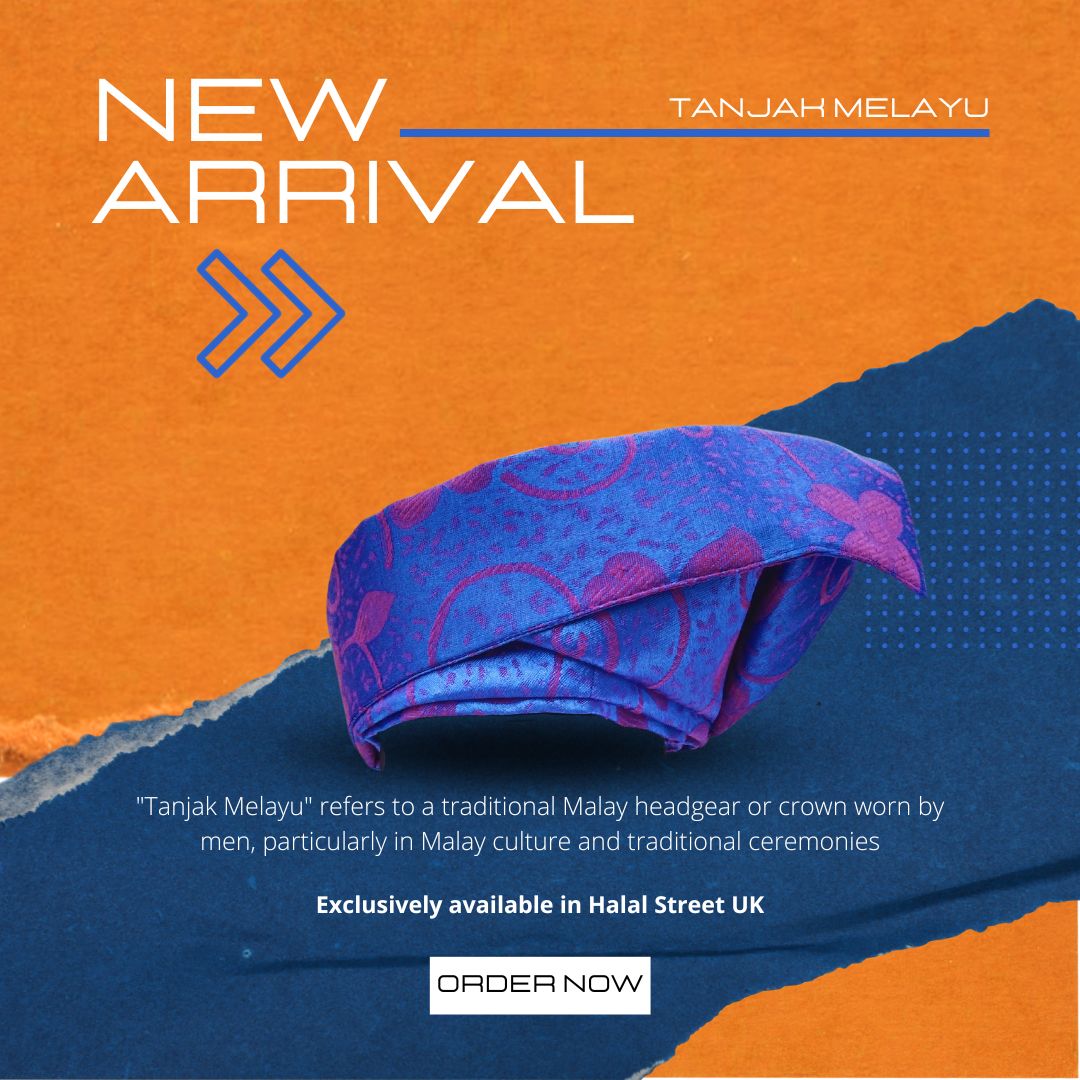
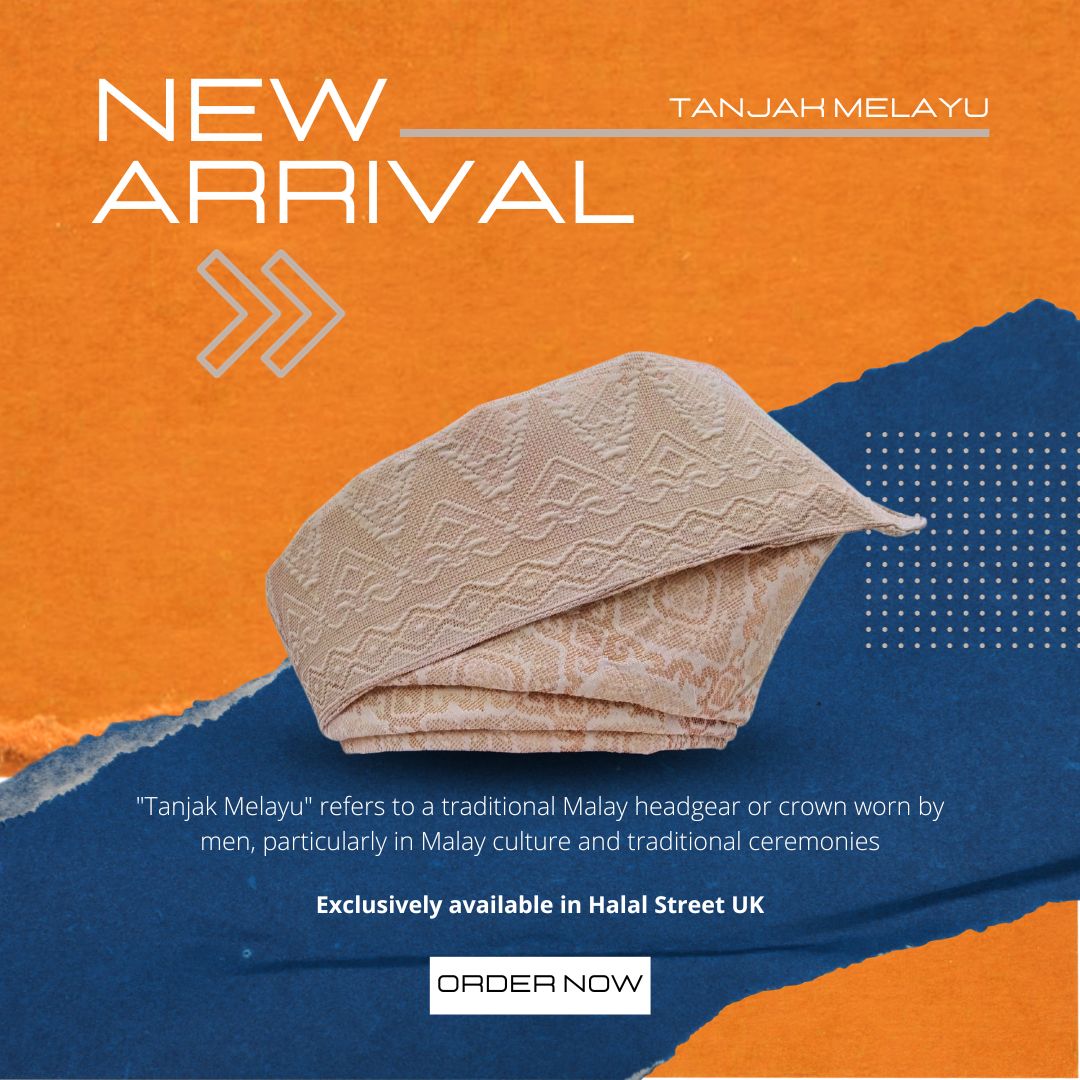
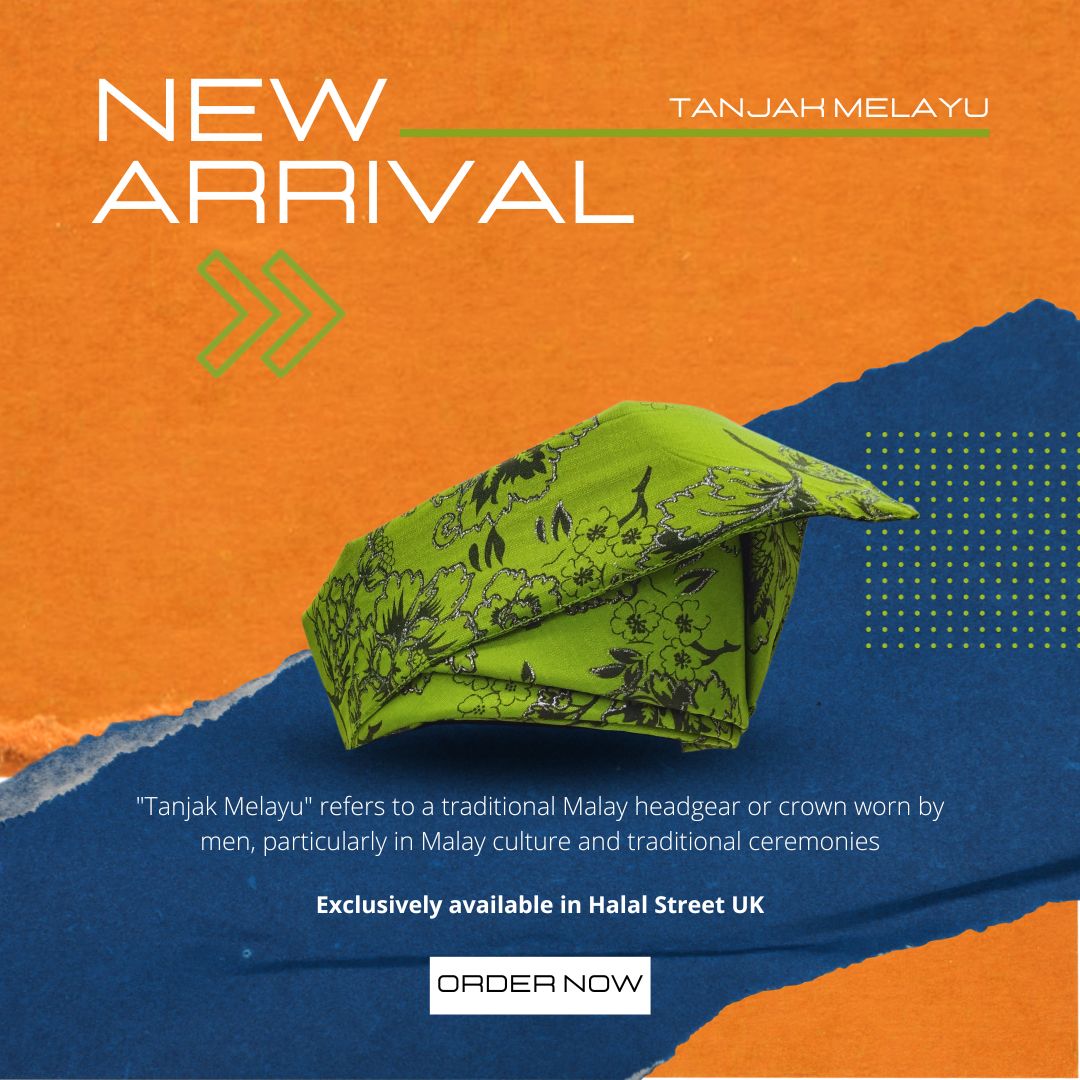





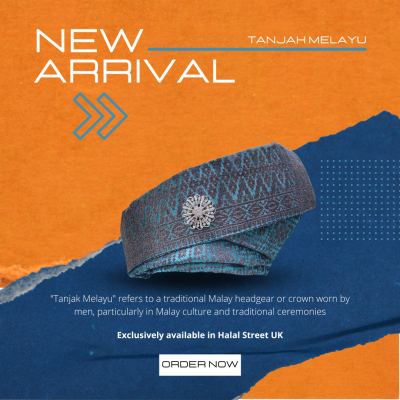
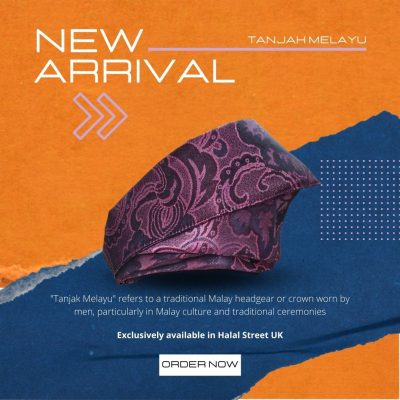
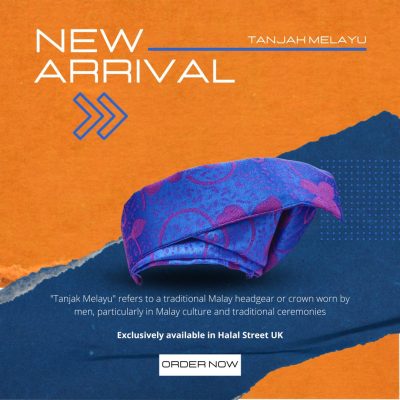
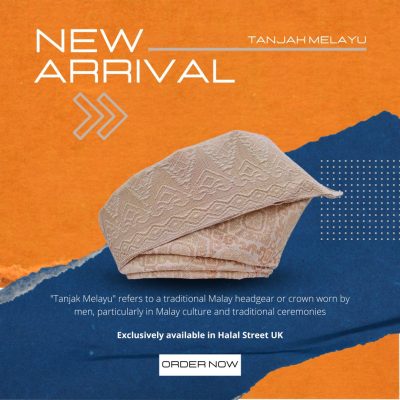
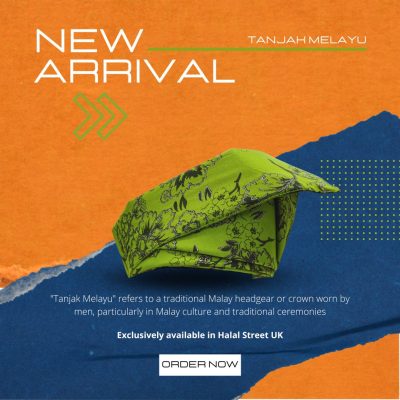
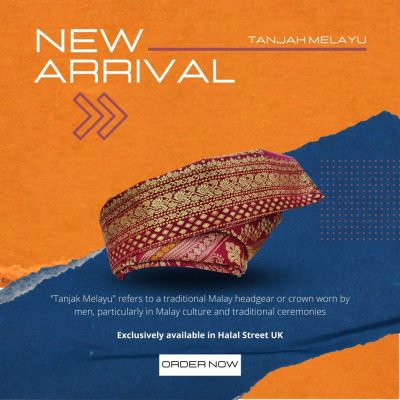
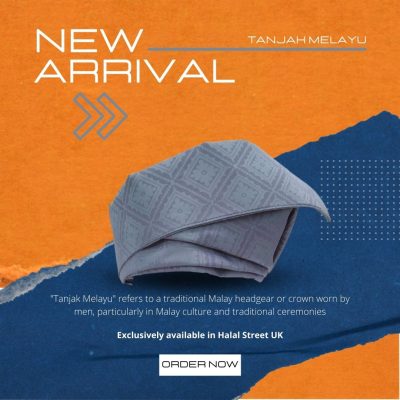
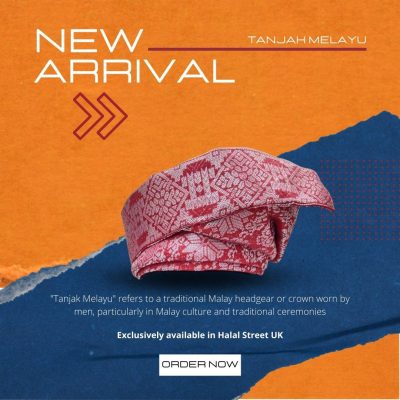
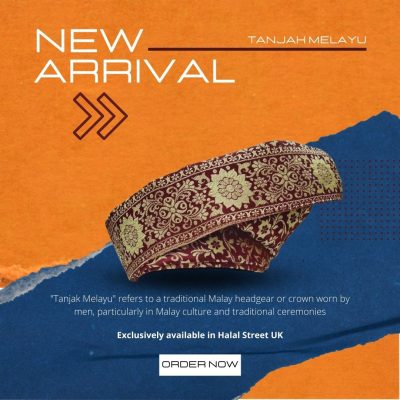
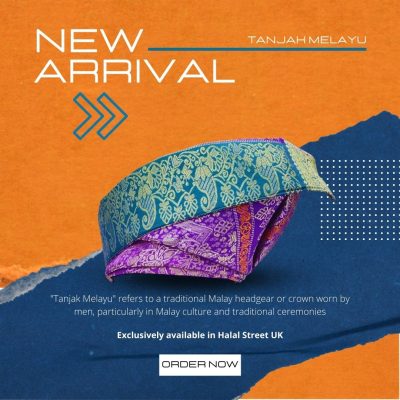
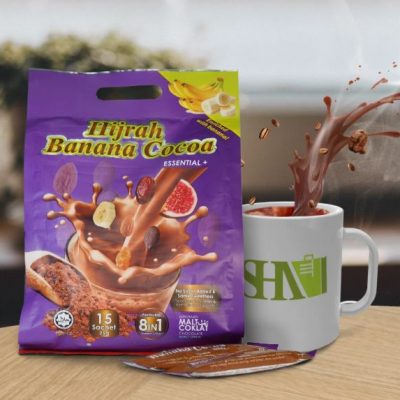
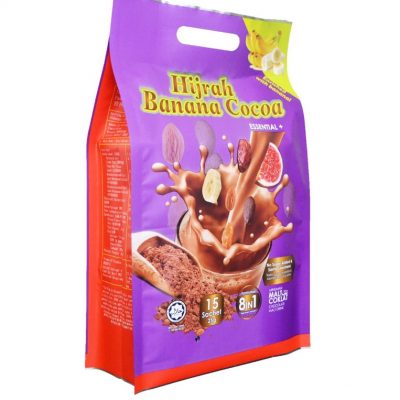
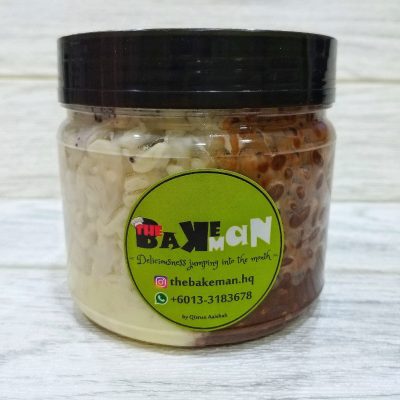
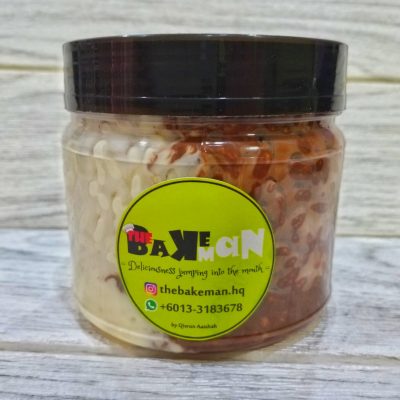
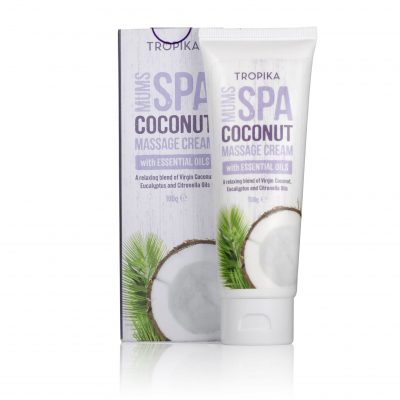
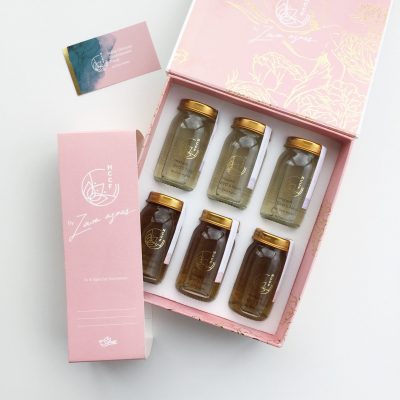
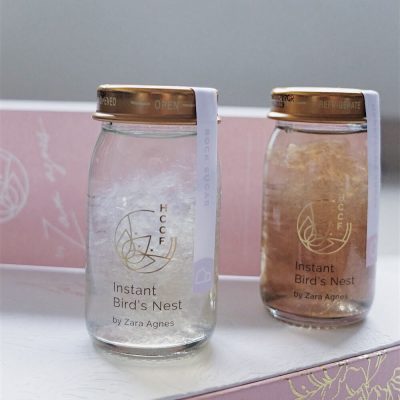
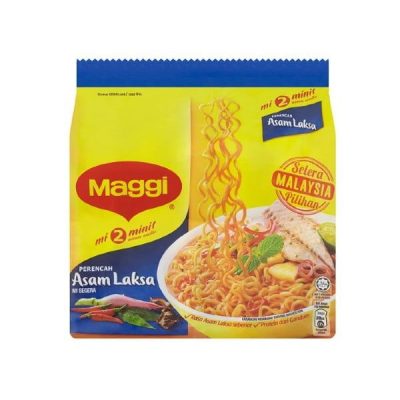
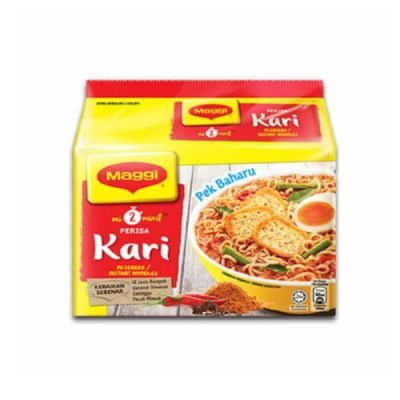




Reviews
There are no reviews yet.